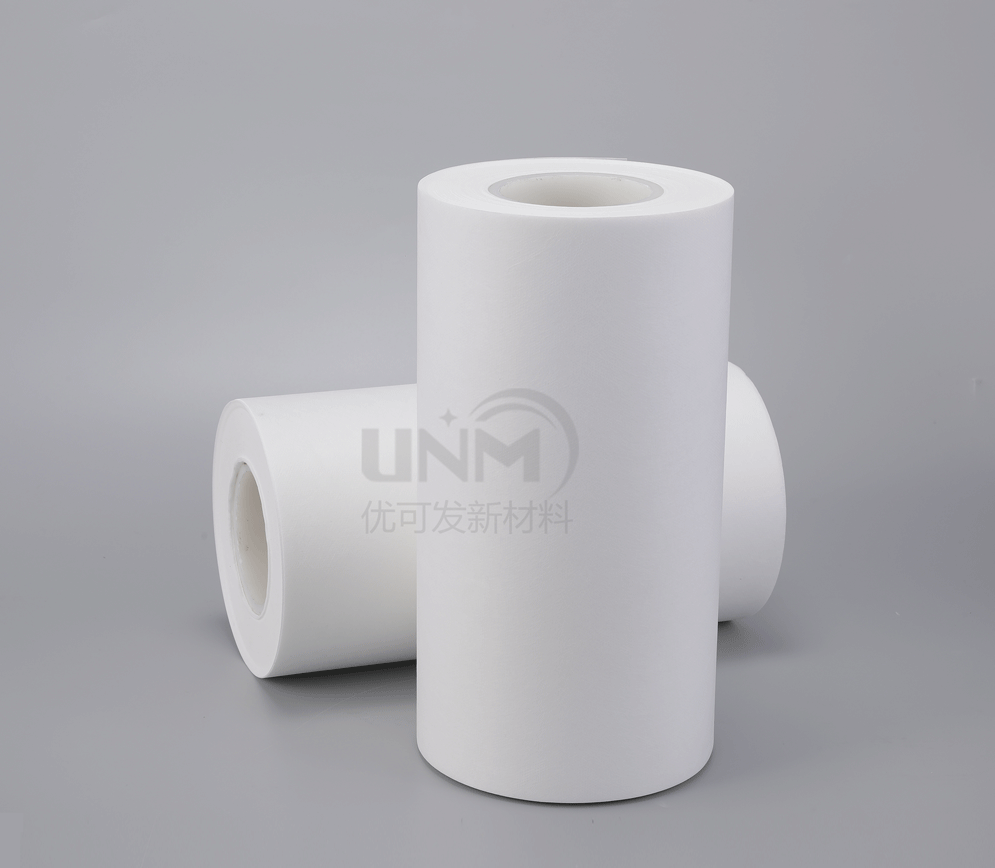There are many different types of clean room FFU (fan filter unit) filter membranes, which can be classified according to their filter materials, structures and application fields. The following are some common types of FFU filter membrane in clean rooms:

1. HEPA filter: HEPA (particulate air) filters are one of the common clean room filter membranes. It is made of fine fiber materials (such as fiberglass), which can capture and remove tiny particles very well, and has high filtration efficiency.
2. ULPA filter: ULPA (low permeability air) filter is a high-level filter with higher efficiency than HEPA filter. Filtration efficiency. ULPA filters are made of finer fiber materials or other special materials, which can filter out smaller-sized particles and provide higher filtration effects.
3. Electrostatic filter: Electrostatic filter uses electrostatic action to capture and remove particulate matter. They usually consist of charged fibers or electrodes that can absorb charged particles, including particles as small as submicron sizes.
4. Activated carbon filter: The activated carbon filter in the clean room is mainly used to remove harmful gases, odors and chemical pollutants in the air. Activated carbon filters use highly adsorbent activated carbon materials, which can effectively remove gaseous pollutants such as volatile organic compounds (VOCs).
5. Molecular sieve filter: Molecular sieve filter uses special molecular sieve material to selectively remove molecules of specific sizes and types. ThisFFU filter membranefilter is commonly used to remove moisture, solvents and other volatile compounds from the air.
6. Nanofiber filter: Nanofiber filter is made of materials with fiber diameter at the nanometer level and has high filtration efficiency and low resistance. They can quickly capture and remove tiny particles and bacteria.
These are some common types of clean room FFU filter membrane. Each filter membrane has different characteristics and scope of application. Selecting the appropriate filter membrane should be based on the needs of the cleanroom, the contaminants to be removed, and the required filtration efficiency. Typically, when designing a cleanroom, the appropriateFFU filter membranetype is selected based on specific application requirements. Interested parties are welcome to enter the store and contact us.
</p







